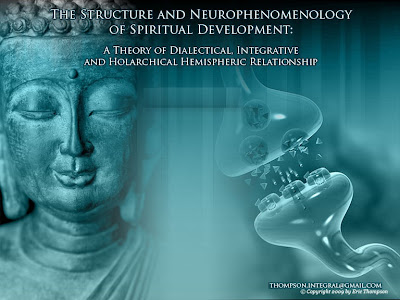Budda Dn Slajd
MimetypeMETA-INF/container.xml1.0 urn:oasis:names:tc:opendocument:xmlns:container book.opf application/oebps-package+xml styles.css@font-face{font-family:Baskerville. J Budha Site - New York & Los Angeles. Subscribe to our newsletter for new releases, limited collaborations, and more.
• • • The Digha Nikaya (dīghanikāya; 'Collection of Long Discourses') is a scripture, the first of the five, or collections, in the, which is one of the 'three baskets' that compose the of () Buddhism. Some of the most commonly referenced from the Digha Nikaya include the (DN 16), which described the final days and death of the Buddha, the (DN 31) in which the Buddha discusses ethics and practices for lay followers, and the (DN 2), (DN 1) which describes and compares the point of view of Buddha and other ascetics in India about the universe and time (past, present, and future); and the (DN 9) Suttas, which describe the benefits and practice of meditation.
Retrieved 2015-12-12. Retrieved 2015-12-12. Sutta Central. Retrieved 2015-12-15. Sutta Central. Retrieved 2015-12-15.
Sutta Central. Retrieved 2015-12-27. Sutta Central. Retrieved 2015-12-15.
Sutta Central. Retrieved 2015-12-15.

• (1997), How Buddhism Began: The Conditioned Genesis of the Early Teachings, New Delhi: Munshiram Manoharlal Publishers Pvt. Ltd., • Journal of the Pali Text Society, volume XXVIII • Malalasekera, Dictionary of Pali Proper Names, volume II, page 564 • Skilling, Mahasutras, volume II, parts I & II, 1997, Pali Text Society, Bristol, pages 84n, 553ff, 617ff • Pali oral literature, in Buddhist Studies, ed Denwood & Piatigorski, Curzon, London, 1982/3 •.
Retrieved 2015-12-12. • A Dictionary of Buddhism, by Damien Keown, Oxford University Press: 2004 External links [ ] Wikiquote has quotations related to: • • • • •.
• • • Gautama Buddha (c. Wh statesman workshop manual free download. 483/400 BCE), also known as Siddhārtha Gautama (सिद्धार्थ गौतम) in or Siddhattha Gotama (शिद्धत्थ गोतम) in, Shakyamuni (i.e. 'Sage of the ') Buddha, or simply the Buddha, after the title of, was a (),,, and on whose teachings was founded. He is believed to have lived and taught mostly in the northeastern part of sometime between the 6th and 4th centuries. Gautama taught a between sensual indulgence and the severe asceticism found in the movement common in his region.
He later taught throughout other regions of eastern India such as. Gautama is the primary figure in Buddhism.

He is believed by Buddhists to be an teacher who attained full and shared his insights to help end rebirth. Accounts of his life, discourses and rules are believed by Buddhists to have been summarised after his death and memorized by his followers. Various collections of teachings attributed to him were passed down by and about 400 years later. Contents • • • • • • • • • • • • • • • • • • • • • • • • • • • • • • • • Historical Siddhārtha Gautama Scholars are hesitant to make unqualified claims about the historical facts of the Buddha's life.
Most people accept that the Buddha lived, taught, and founded a monastic order during the era during the reign of ( c. 491 BCE, or c. 400 BCE), the ruler of the empire, and died during the early years of the reign of, who was the successor of Bimbisara, thus making him a younger contemporary of, the Jain. While the general sequence of 'birth, maturity, renunciation, search, awakening and liberation, teaching, death' is widely accepted, there is less consensus on the veracity of many details contained in traditional biographies. The times of Gautama's birth and death are uncertain. Most historians in the early 20th century dated his lifetime as c. 563 BCE to 483 BCE.
More recently his death is dated later, between 411 and 400 BCE, while at a symposium on this question held in 1988, the majority of those who presented definite opinions gave dates within 20 years either side of 400 BCE for the Buddha's death. These alternative chronologies, however, have not been accepted by all historians. Historical context. The words ' (𑀩𑀼𑀥, the ) and '- ' (, 'Sage of the ') in, on 's (circa 250 BCE). No written records about Gautama were found from his lifetime or from the one or two centuries thereafter. In the middle of the 3rd century BCE, several (reigned c. 269–232 BCE) mention the Buddha, and particularly 's commemorates the Emperor's pilgrimage to as the Buddha's birthplace.